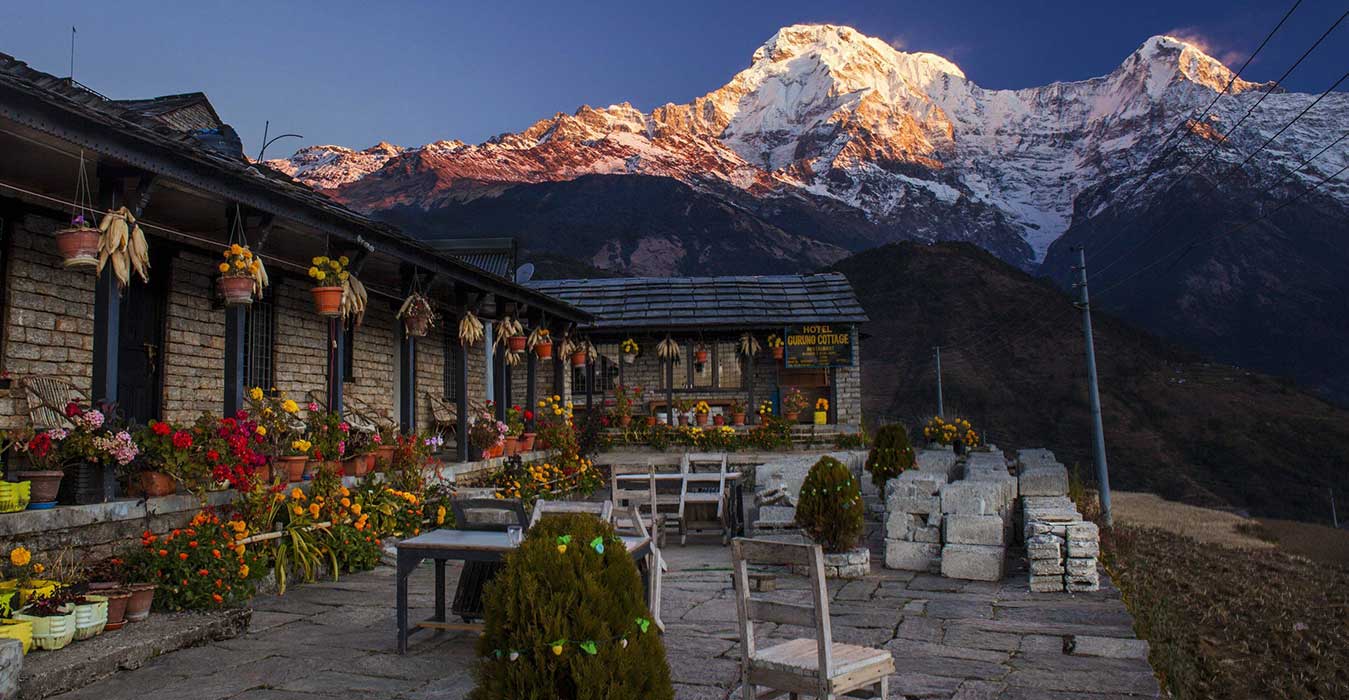Warm Hospitality from all local people and nice weather with warmth make trekking easier and more enjoyable. Depending on the region, trekking path, altitude, isolation, and the comfort level that one seeks, you have different options available to spend the night, but the warmth of Nepalese hospitality is the same. If one wants more adventure, one can spend the night in a tent with an open sky view from the hill summit.
Here’s a breakdown of common accommodation types:
Types of Accommodation available in Nepal
Luxury Lodges
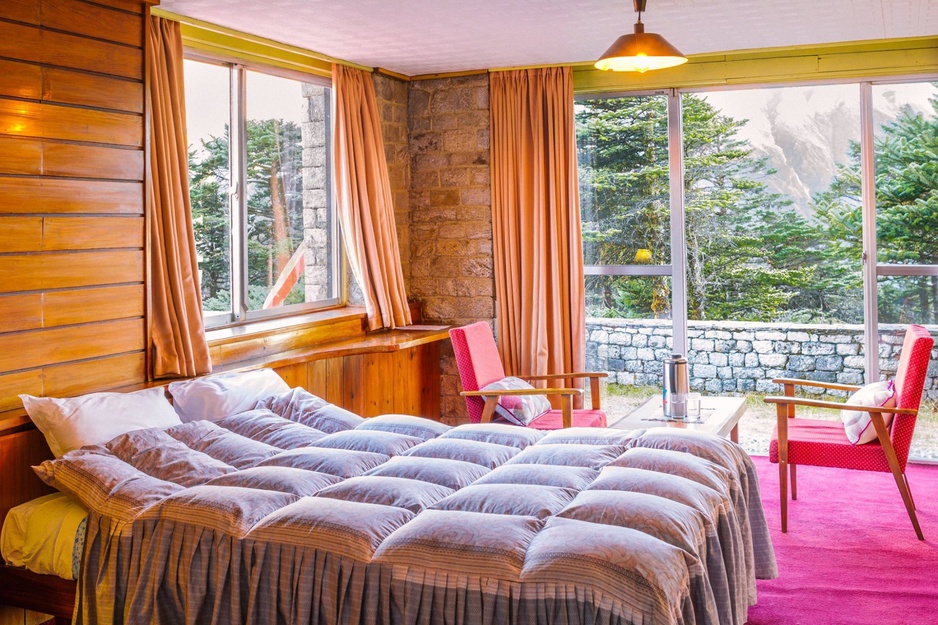
Luxury lodges are available on select treks in Nepal, including Everest and certain sections of the Annapurna region. This type of accommodation facility offers good-quality services like a very comfortable bed with a mattress and electric blankets. Private bathroom and hot water facilities make the trekking experience more comfortable and enjoyable. If you want to trek in the Everest region or the Annapurna region with no compromise in comfort, you can choose luxury lodges in your trekking package. The cost is higher than homestay or local teahouse accommodation, but you will get all the facilities with no compromise.
Teahouse or Guesthouses
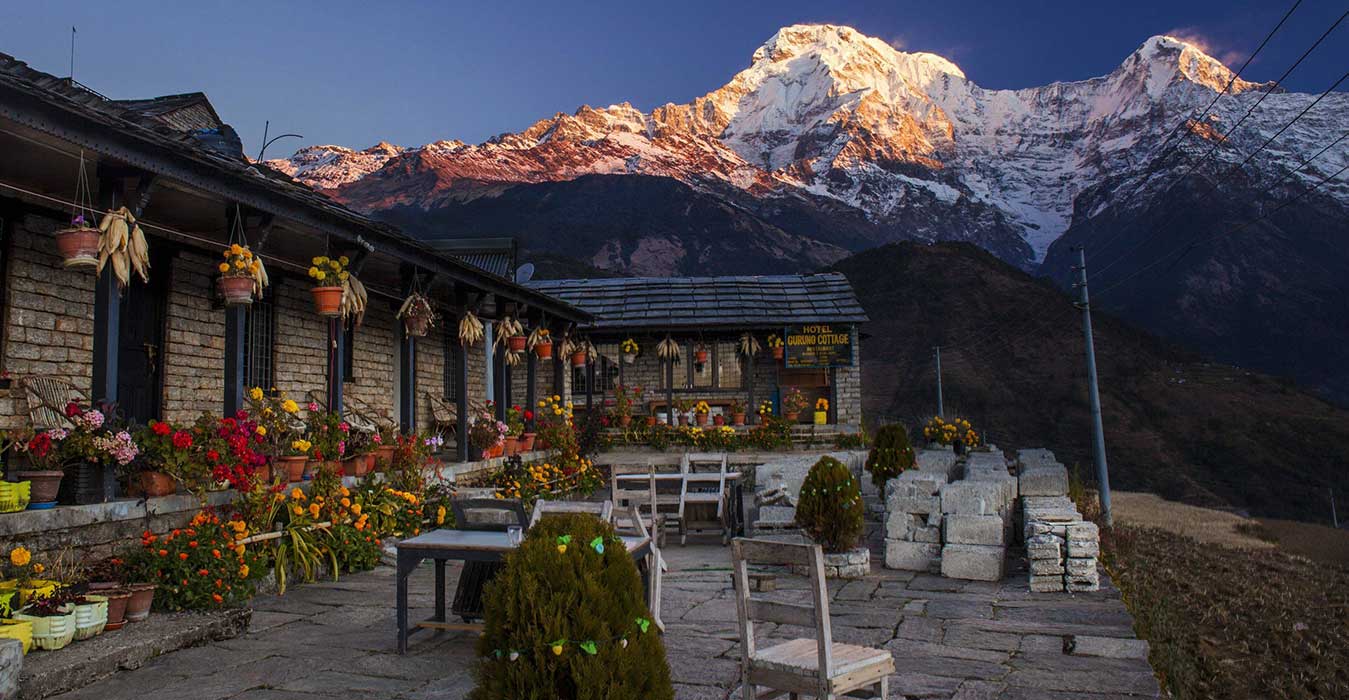
Teahouses or guesthouses are the most common accommodation places on different trekking routes. They are run by local people and offer very basic facilities like twin-sharing bedrooms with a wooden bed and a mattress with a warm blanket, and there is less chance of a hot shower facility. The bathrooms are shared, squat-style, and the menus offer traditional Nepali foods with a Western touch. The homely hospitality offers basic but friendly services, and they are low-cost and socially engaging trekking experiences. Most of the rooms cost between USD 3 to 10 per night, though food is usually the significant expense. Teahouse accommodation also benefits the local families and communities directly.
Homestays
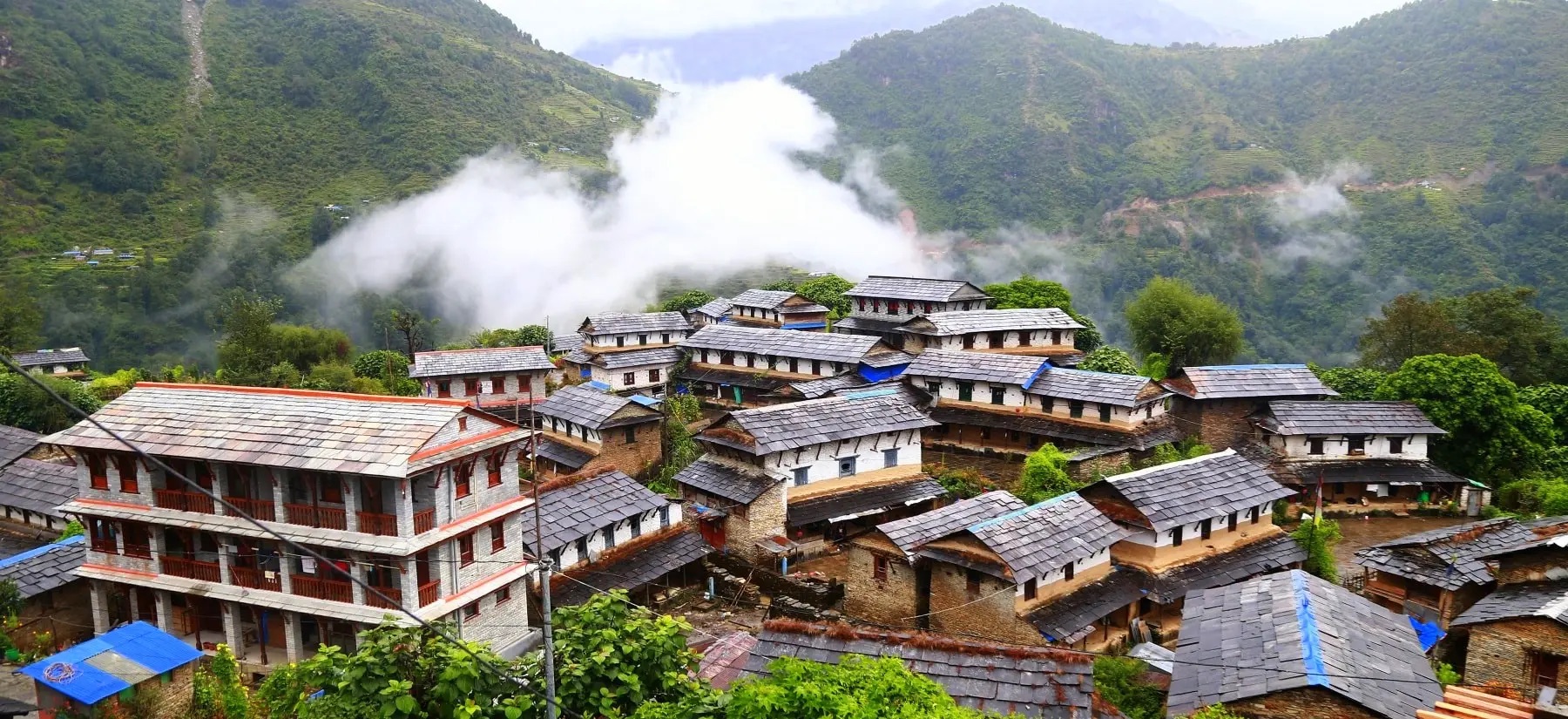
The homely hospitality offers basic but friendly services, and they are low-cost and socially engaging trekking experiences. Most of the rooms cost between USD 3 to 10 per night, though food is usually the significant expense. Teahouse accommodation also benefits the local families and communities directly. Homestays encourage cultural exchange and directly benefit local households. Homestays tend to cost USD 5 to 20 per night, normally with food.
Tented Camps

In certain nature-trail trekking routes where no teahouses exist (i.e., Upper Dolpo, Kanchenjunga, or Dhaulagiri Circuit), tented camps would be the principal mode of accommodation. Camps are put up by the agency trekking, where tents are pitched by support staff, with a separate dining tent, almost working just with kitchen staff and portable toilet arrangements. All meals are provided and cooked by the accompanying staff. Although more complicated in terms of logistics, camping allows the region to be accessed as well as to associate more deeply with nature. Prices generally vary from USD 70 to 150+ per day based on the support team size and services provided.
Hotels (in towns and villages)
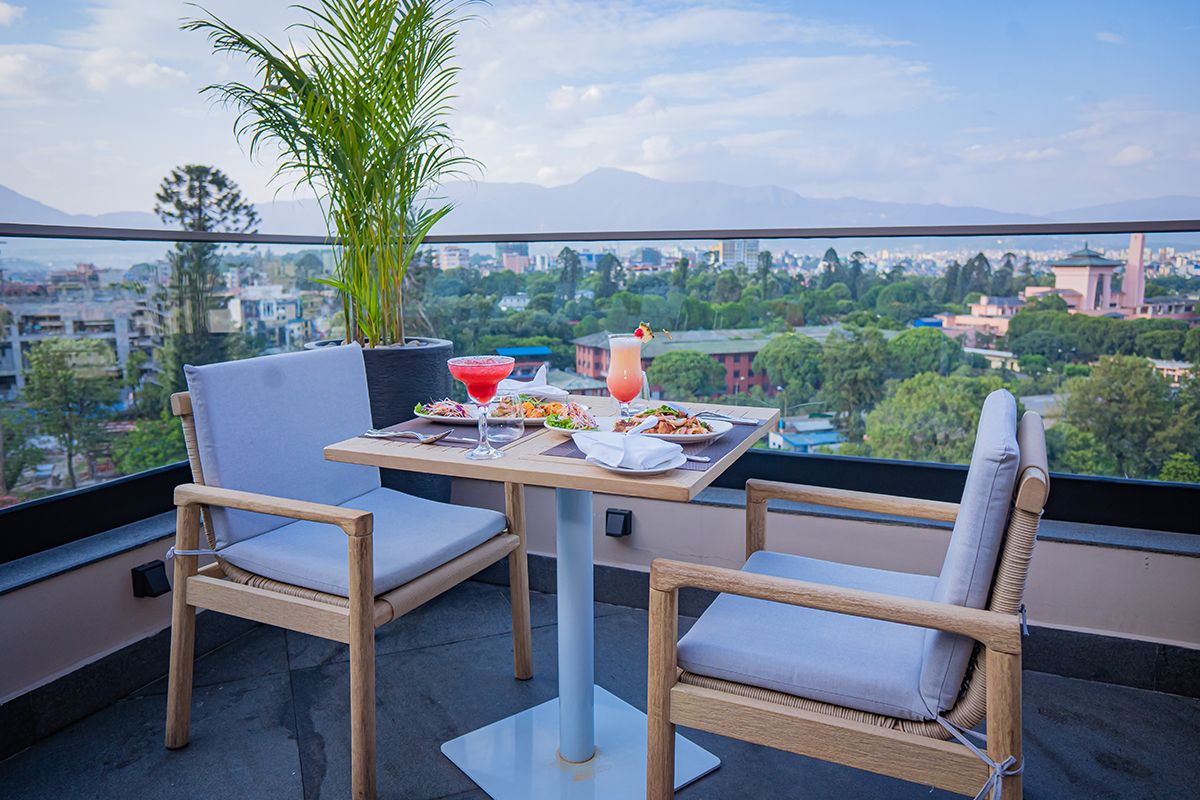
In well-developed towns and transit points like Pokhara, Lukla, Namche Bazaar, Jomsom, or Syabrubesi, trekkers will find guesthouses and hotels offering more amenities than teahouses. These establishments often feature private rooms with attached bathrooms, Wi-Fi, hot showers, charging facilities, and a wider variety of meals and drinks. In contrast with teahouses, these are perfect for the pre- or post-trekking accommodations or rest days in between. Prices vary upon the quality of amenities and services they can provide, from USD 15 to 100, or, in outstanding cases, beyond.
Tips for Trekking Accommodation
- During peak seasons, Spring and Autumn, the chance of availability of accommodations is minimal, so reserve in advance.
- Always carry your sleeping bag. The teahouses provide blankets, but you might not be warm enough. Especially when trekking above 3,500 m, a sleeping bag is a must.
- Always carry some money. In distant districts or in high-altitude regions, there is no ATM service. There are very few chances for an electricity facility here. Locals are utilizing solar power, which is not powerful enough to charge the phones of the trekkers.
- Always carry extra cash. In remote areas or in high-altitude regions, there is no ATM service. So, carry cash to cover all your extra expenses.
- Always respect local customs and traditions while trekking in Nepal. Ask permission to take photos of local people, take off your shoes before entering the room, be polite, and avoid loud behavior.
- In the distant regions of Nepal, the services of local teahouses are minimal; hence, be flexible.
- Take toilet paper, hand soap, soap, and a towel for drying. These are not always provided in basic lodges or homestays.
- Choose lodges founded on eco-friendly processes like solar energy, waste disposal in the right way, and utilizing local food. Avoid plastic water bottles—use purification filters or tablets.
Nepal is not only famous for the majestic Himalayas, but the warm hospitality served by the local people adds charm to the trekking journey. Whether you choose to stay in a local teahouse or an expensive hotel, the comfort given by the people adds a unique flavour to your journey.
To make your journey interesting with warm hospitality, call us, Approved Holidays. With a pleasant schedule and safe accommodation planning, we make your trip warm, culturally rich, and simply unforgettable.
Annapurna Base Camp Trek Everest Base Camp Trek Langtang Gosaikunda Trek
